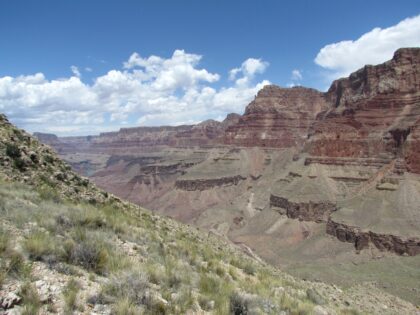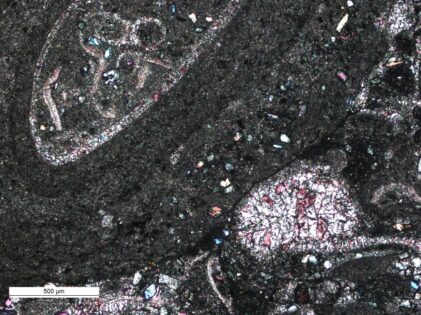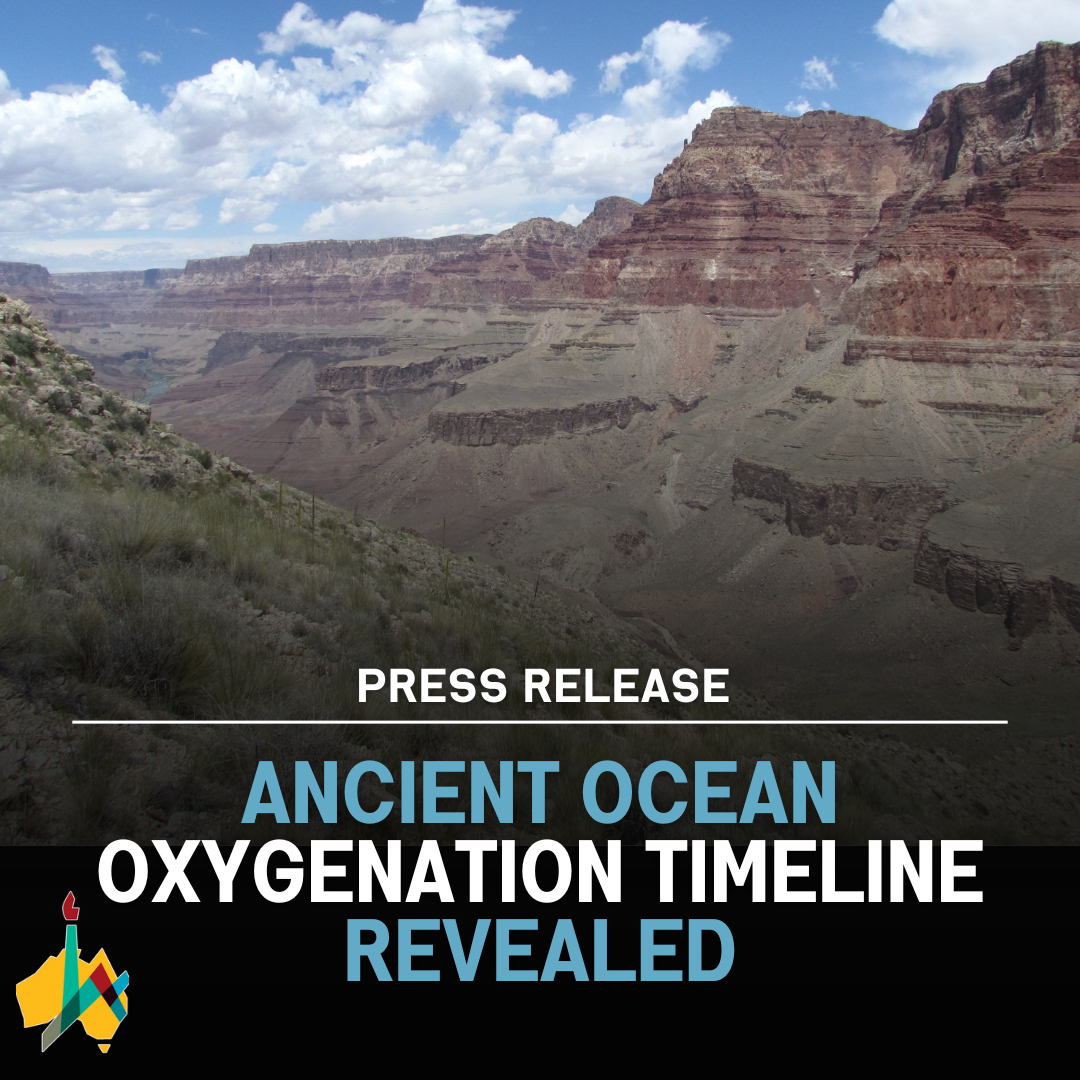New study introduces a pioneering application of dolomite U-Pb geochronology, shedding new light on the evolution of ancient marine environments. By uncovering discrepancies in dolomite samples U-Pb ratios, the team developed a reliable proxy for reconstructing the levels of oxygen within ancient marine habitats, in which the first animals emerged and evolved. Their findings reveal a significant rise in marine oxygenation during the Late Paleozoic era (400 million years ago), hundreds of millions of years after the emergence of animal-life. These findings suggest that early-animals have evolved in oceans that were mostly oxygen-poor, and deepen our understanding of interactions between ecosystems and the evolution of complex life-forms. Understanding these relationships provides critical context for future observations of exoplanet’s atmospheres using the new generation of space-telescopes in search for extra-terrestrial life.
Dr. Uri Ryb and Dr. Michal Ben-Israel from the Institute of Earth Sciences at the Hebrew University, along with their collaborators, have made an important discovery in Earth sciences. Their study, published in Nature Communications, introduces a new approach to reconstruct the rise of oxygen in ancient marine environments using U and Pb measurements in dolomite rocks spanning the last 1.2 billion years.
Scientists commonly estimated the oxygen levels in ancient oceans from the composition of ‘redox sensitive’ elements preserved in ancient sedimentary rocks. But, these compositions can be easily altered in the course of geological history. The team overcame this challenge by developing a new approach that uses dolomite U-Pb dating to detect signals of oxygenation that are resistant to such alteration, giving us an unbiased perspective on marine oxygenation dynamics.
Their record indicates a dramatic increase in the oxygenation of the oceans during the Late Paleozoic era, hundreds of millions of years after the emergence of the first animals. This aligns with other evidence indicating the oxygenation of the ocean at the same time, support the hypothesis that animals have evolved in oceans that were mostly oxygen-limited, and suggests that changes in ocean oxygen were driven by evolution.
According to Uri Ryb, these discoveries not only enhance our understanding of ancient Earth ecosystems but also have implications for the search of extra-terrestrial life. “Revealing the dynamics between evolution and oxygen levels in early Earth environments can put observations on the atmospheric composition of exoplanets that now become available through the new generation of space telescopes in context. Specifically, suggesting that low levels of oxygen are sufficient for complex life-forms to thrive.”
The research paper titled “Late Paleozoic oxygenation of marine environments supported by dolomite U-Pb dating” is now available in Nature Communications and can be accessed at https://www.nature.com/articles/s41467-024-46660-7
Researchers:
Michal Ben-Israel1,2, Robert M. Holder3, Lyle L. Nelson4,5, Emily F. Smith6, Andrew R. C. Kylander-Clark7 & Uri Ryb1
Institutions:
1) The Fredy & Nadine Herrmann Institute of Earth Sciences, The Hebrew University of Jerusalem, Jerusalem, Israel
2) Department of Life and Environmental Sciences, University of California, Merced, CA, USA
3) Department of Earth and Environmental Sciences, University of Michigan, Ann Arbor, MI, USA
4) Department of Earth Sciences, Carleton University, Ottawa, Ontario, ON, Canada
5) Department of Earth, Atmospheric, and Planetary Sciences, Massachusetts Institute of Technology, Cambridge, Massachusetts, MA, USA
6) Department of Earth and Planetary Sciences, Johns Hopkins University, Baltimore, MD, USA
7) Department of Earth Science, University of California, Santa Barbara, California, CA, USA
Acknowledgements
This work has been supported by Israel Science Foundation Grant 1010/20 to UR and Johns Hopkins University funding to EFS. UR thanks Ranjani Murali and Theodor M. Present for insightful discussions. We thank the U.S. National Park Service at Death Valley National Park for a sampling permit to LLN and EFS (#DEVA-2017-SCI-0006).
Pictures: Credit: Uri Ryb
Paleozoic Sedimentary Rock
Showing the Paleozoic sedimentary rock sequence at the Grand Canyon – from which samples were collected for this study. The steep cliffs are of marine limestone or dolomite formations.

A dolomite sample from the Cambrian Muav formation
A dolomite sample from the Cambrian Muav formation as seen through a microscope. Multiple generations of mineral-growth can be seen. In the study we used a laser-ablation system to sample specific mineral fabrics and measure their U- and Pb compositions.

Disclaimer: In these challenging times of war and crisis, Hebrew University of Jerusalem is resolute in its dedication to advancing research and education. We stand in full support of the brave individuals on the frontlines, safeguarding our nation and the well-being of all Israelis, and extend our deepest gratitude and unwavering solidarity to our community and fellow citizens. Together, we shall prevail against the challenges that confront us, and our shared commitment to the well-being of all Israelis and the pursuit of knowledge remains resolute.
The Hebrew University of Jerusalem is Israel’s premier academic and research institution. Serving over 23,000 students from 80 countries, the University produces nearly 40% of Israel’s civilian scientific research and has received over 11,000 patents. Faculty and alumni of the Hebrew University have won eight Nobel Prizes and a Fields Medal. For more information about the Hebrew University, please visit http://new.huji.ac.il/en.

